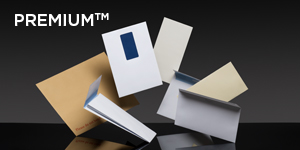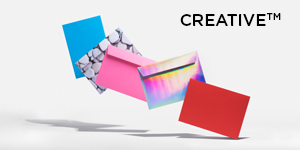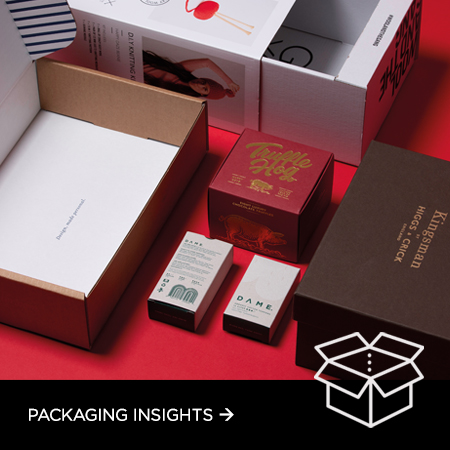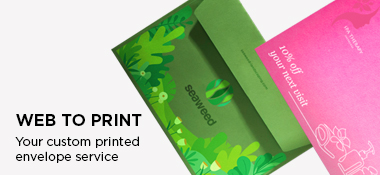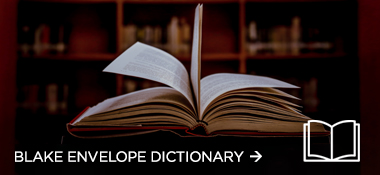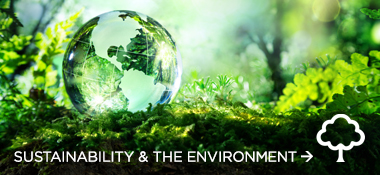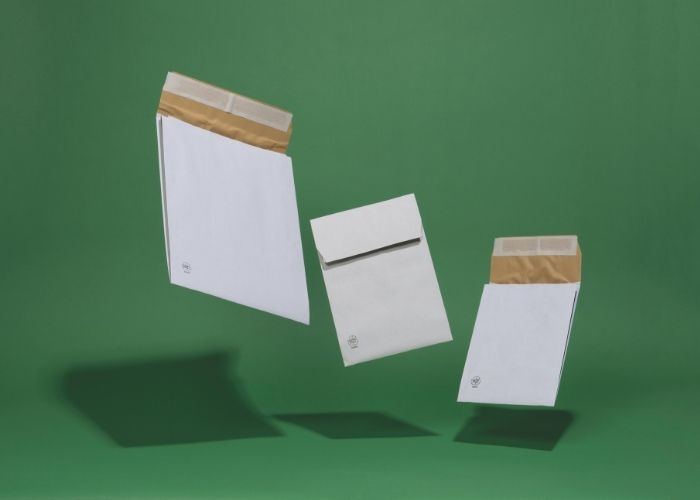These envelopes make retrieving and recording information very easy.
Usually, promotional material is printed on the perforated reply slip flap, which can then be filled in and returned inside the envelope once completed.
Bangtail envelopes are widely used by charities and fundraising organizations to facilitate the collection of donations, where the design can be useful for protecting the privacy of the donor’s details.
There are two styles of Bangtail envelopes:
1. The bangtail ‘flap’ has its reply slip attached to the flap of the envelope.
2. The bangtail ‘back’ has a reply slip attached to the back panel of the envelope.




















 Black
Black Purple
Purple Blue
Blue Red
Red Green
Green Yellow
Yellow Grey
Grey White
White Pink
Pink Cream
Cream Brown
Brown Navy
Navy Violet
Violet Lime
Lime Orange
Orange